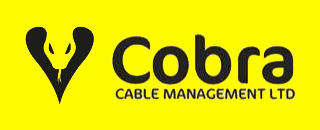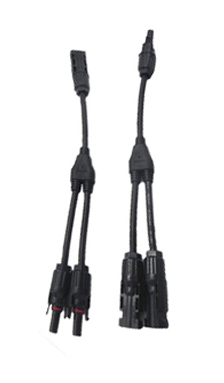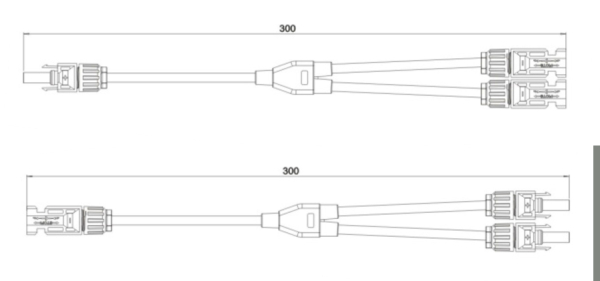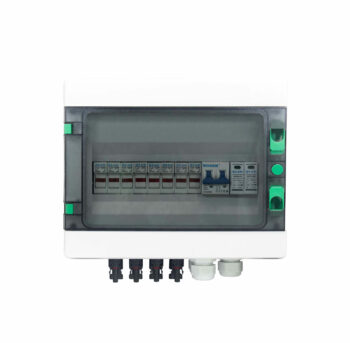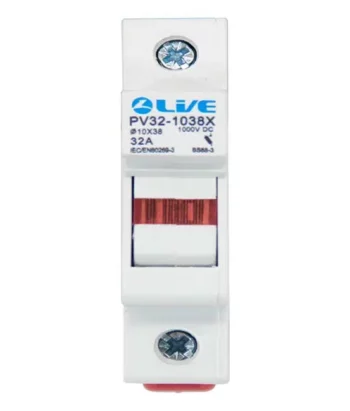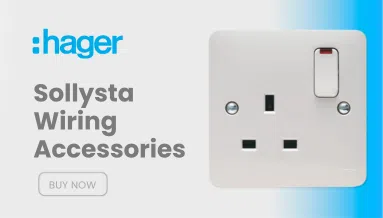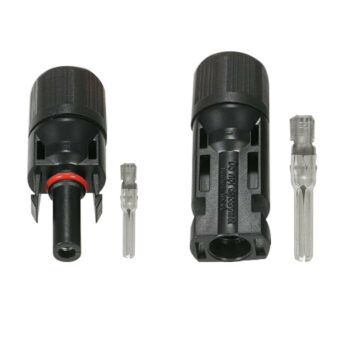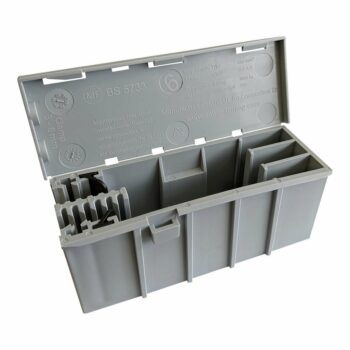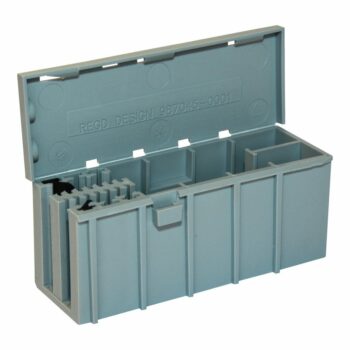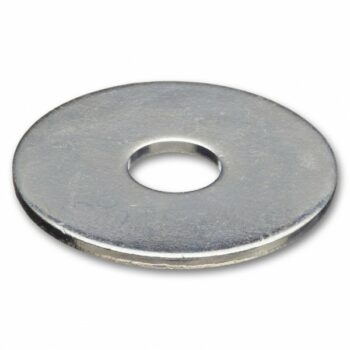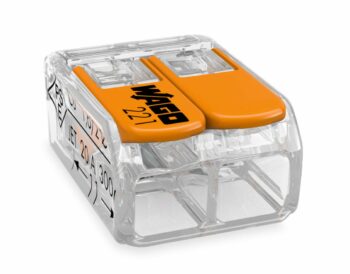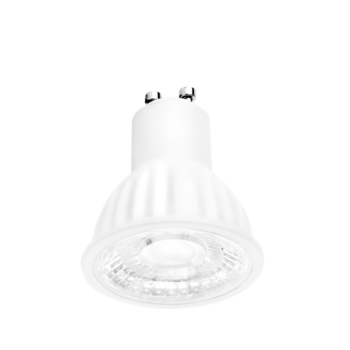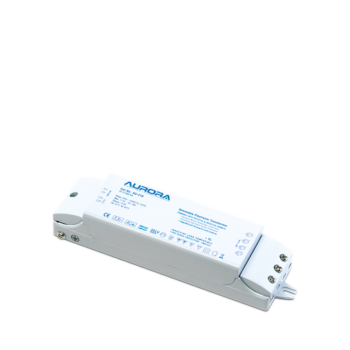Description
Y2 Solar Branch Connector Set
| Connector System | 4mm |
|---|---|
| Rated Voltage | 1000V DC (IEC) |
| Rated Current | 30A |
| Test Voltage | 6kV(50HZ, 1min) |
| Ambient Temperature Range | -40°C – +90°C (IEC) -40°C – +75°C (UL) |
| Upper Limiting Temperature Range | +105°C (IEC) |
| Degree of protection when Connected | IP67 |
| Degree of protection when Unconnected | IP2X |
| Contact Resistance of Plug Connectors | 0.5m |
| Safetyclass | II |
| Contact Material | Copper Alloy, Tin Plated |
| Insulation Material | PC/PA |
| Locking System | Snap-in |
| Flame Class | UL-94-V0 |
| Salt Mist Spray Test, degree of severity 5 | IEC 6068-2-52 |
In PV (photovoltaic) solar installations, branch connectors are used to create parallel connections between solar panels. These connectors allow you to combine multiple solar panels together in a way that optimizes the electrical output of the system. There are different types of branch connectors used in solar installations, and they are often designed to work with specific connector types like MC4 connectors. Here are some common types of branch connectors used in PV solar installations:
- MC4 Branch Connectors: MC4 branch connectors are designed to create parallel connections between solar panels equipped with MC4 connectors. They allow you to combine multiple solar panels into a single string, which can then be connected to an inverter or charge controller.
- T-Junction Connectors: T-junction connectors, as the name suggests, are shaped like the letter “T.” They have one input and two outputs, making them suitable for connecting two solar panels together with a third branch going to the inverter or charge controller. T-junction connectors can be used with MC4 connectors or other compatible connector types.
- Y-Junction Connectors: Y-junction connectors are shaped like the letter “Y” and have one input and two outputs. They are similar to T-junction connectors but may have a different orientation. Y-junction connectors are used to create parallel connections between solar panels, allowing for multiple panels to feed into a single output.
- Parallel Connection Boxes: In some installations, parallel connection boxes are used to combine the outputs of several solar panels into one or more output cables. These boxes often have multiple inputs and outputs, and they are typically weatherproof to protect the connections from the elements.
- Combiner Boxes: Combiner boxes are used in larger PV installations to combine the outputs of multiple strings of solar panels. These boxes typically contain circuit breakers or fuses to protect the system from overcurrent and overvoltage conditions. Combiner boxes are an essential component in grid-tied solar systems.
- Busbars and Terminal Blocks: In some cases, installers may use busbars or terminal blocks to create parallel connections between solar panels. These components provide a sturdy and secure way to connect multiple panels together and then route the combined output to the inverter or charge controller.
The specific type of branch connector or junction box used in a PV solar installation may depend on the design of the system, the number of panels, and the type of connectors used on the solar panels themselves. It’s important to follow the manufacturer’s guidelines and industry best practices when selecting and installing branch connectors to ensure the safety and performance of your solar installation. Additionally, working with a qualified solar installer or electrician is recommended for larger or more complex installations to ensure proper wiring and compliance with local electrical codes.

